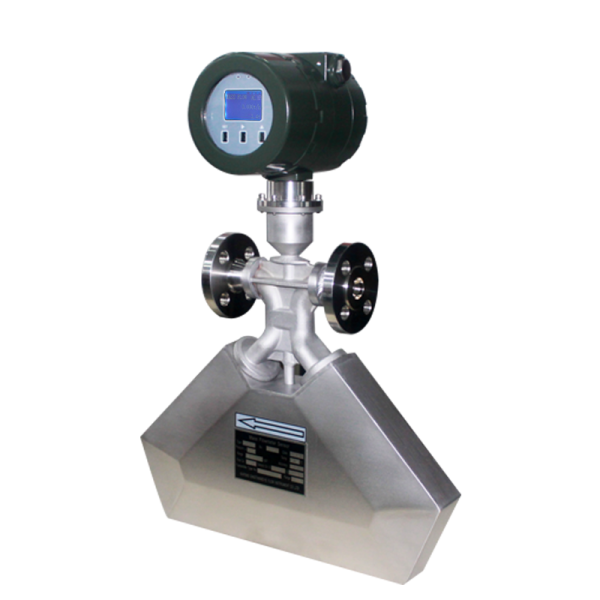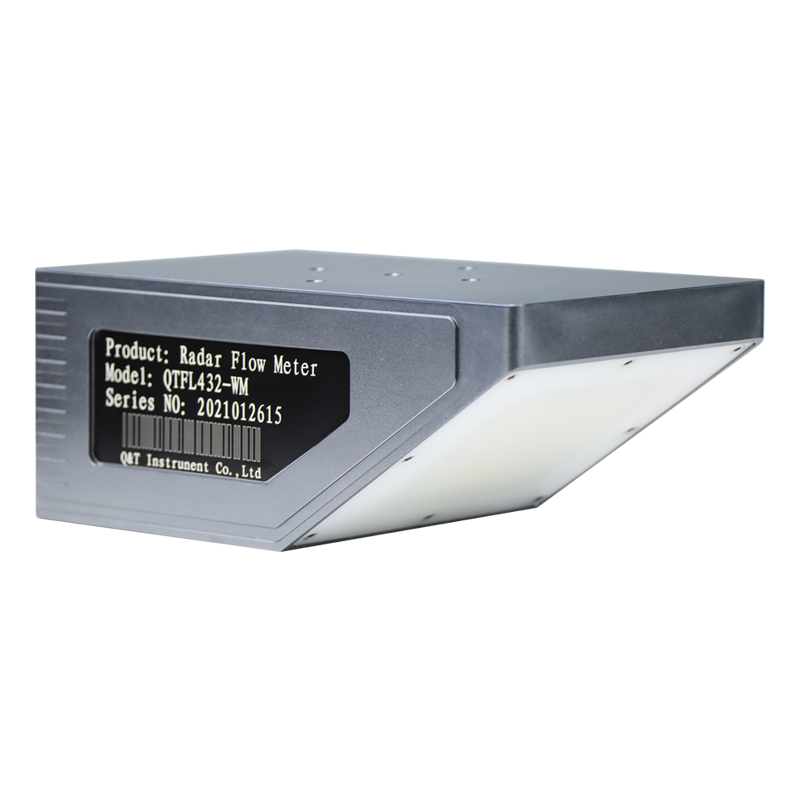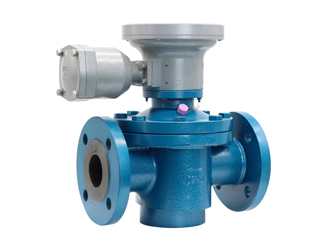Ultrasonic Open Channel Flow Meter Model Selection
What precautions do we have when choosing an ultrasonic open channel flow meter? There are five main points:
First, The range and precision are selected
The water level range of the ultrasonic open channel flow meter used in the final channel of agricultural irrigation and the sewage discharge channel is selected within the range of 2-4m, and the blind zone of the probe is within the range of 0.25-0.5m. The accuracy is selected according to the actual application requirements, so that it is economical and cost-effective. For example, the data used for agricultural irrigation water is only used for data statistics or process control. It is only to check the process flow, without precise control and measurement, you can choose a lower accuracy level, such as 1.5, 2.5, or even 4.0. You can choose a low-cost ultrasonic open channel flow meter. If the agricultural irrigation water data is used as the basis for charging irrigation water, it should be selected with a higher accuracy level, such as 1.0, 0.5, or a higher level; the measurement of the open channel sewage discharge of sewage plants in industrial parks or other enterprises involves sewage charges For calculation, it is recommended to choose an accuracy of 0.5 or higher.
Second, Selection and installation of water measuring weir troughs
Common water measuring weir troughs are divided into three types, triangular weirs, rectangular weirs, and Parshall flume. It is recommended to choose the Parshall flume for agricultural irrigation and sewage discharge. The water level-flow relationship of the Parshall tank is calibrated by experiment, and the data is relatively accurate, as long as there is a water level difference downstream of the Parshall tank, the discharge is smooth, and no water will accumulate. The water level-discharge relationship between triangular weirs and rectangular weirs is derived from theoretical calculations, and it is easy to bring additional errors due to neglect of some conditions of use, and there are also requirements for upstream and downstream drop.
Third, Selection of power supply type
Power supply has 24V DC, 12V DC, 5V DC, 220V AC, etc. If there is a main power supply on site, select 220V/AC power supply type, if there is no power supply on site, priority Considering 12V/DC, the matching DTU/RTU are all 12V/DC power supply to ensure the consistency of on-site power supply.
Fourth, Selection of signal transmission type
4.1. Digital signal: The digital signal must determine the data interface and communication protocol. Data interface Rs485, Rs232, etc. The agreement has HART agreement, Modbus agreement, Profibus agreement and so on.
4.2. Analog signal: Analog signals include current (DC4-20mA), voltage, resistance (resistance and voltage are generally rarely used), etc.
In our solution, the digital signal is preferred, and the data interface is RS485 or RS232. Because the digital signal is not easily interfered by environmental factors, the transmission is stable, it is easy to store and exchange, and it can better connect with the data acquisition system.
Fifth, the selection of protection grade and surface material
Most of our solutions belong to the outdoor environment, the protection level of the probe part must reach IP68, the protection level of the instrument display part should not be lower than IP66, and the wire hole of the instrument should be blocked. The surface material should meet the requirements of non-oxidation, non-aging, and no deformation within the range of ambient temperature and humidity.
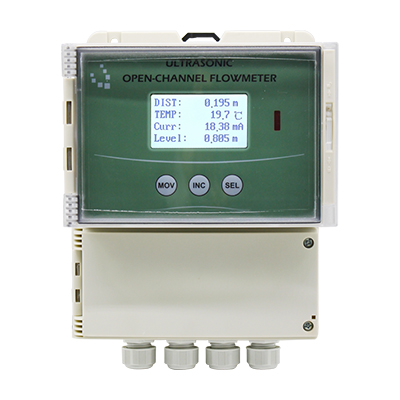



.jpg)
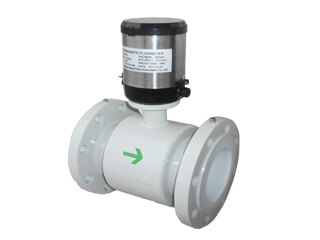
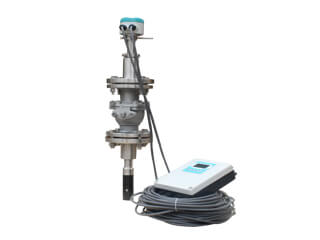
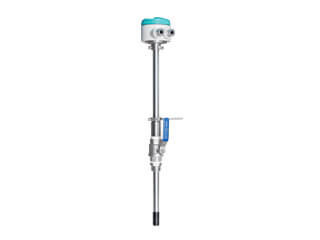
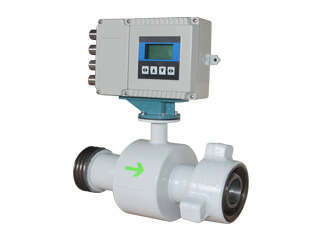
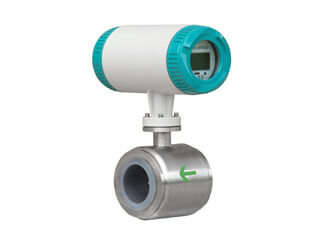
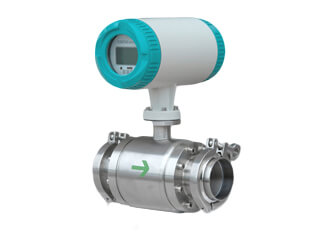
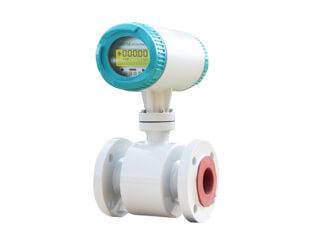
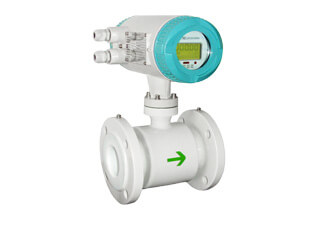
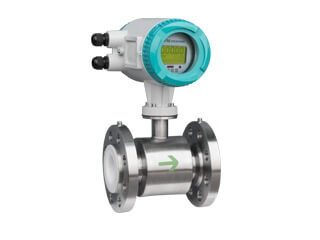
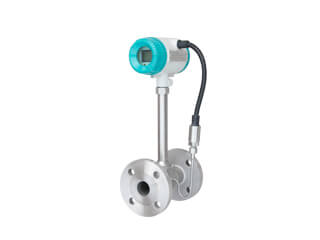
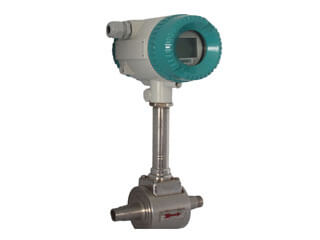
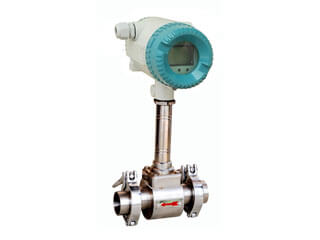
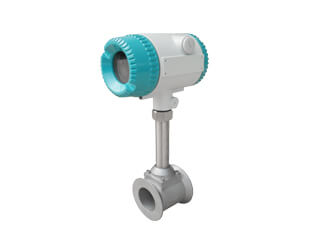
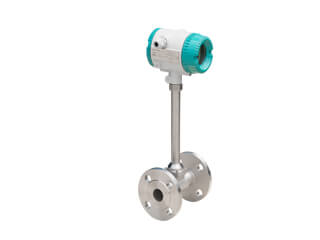
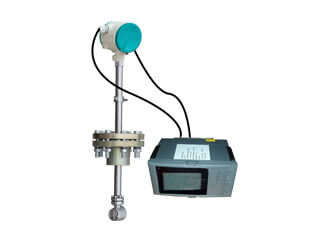
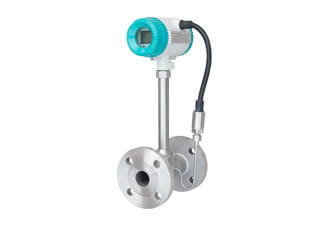
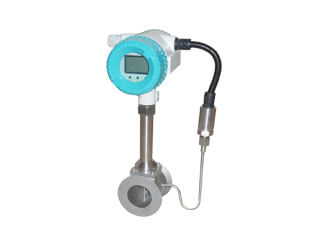
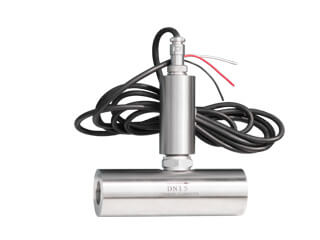
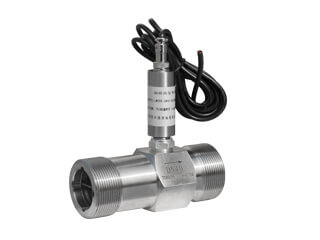
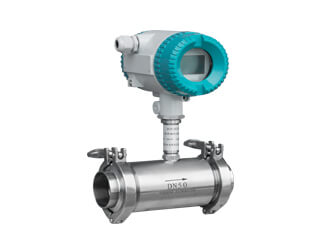
.jpg)
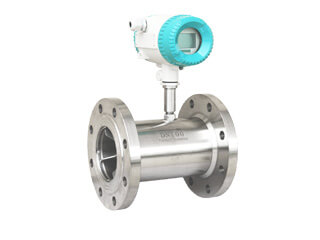
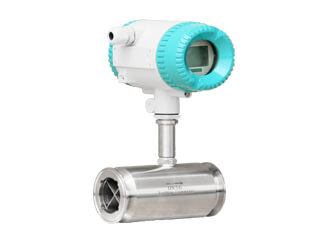
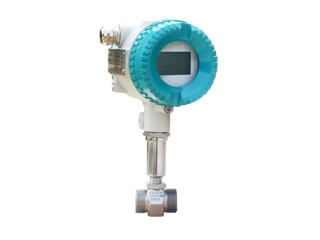
.jpg)
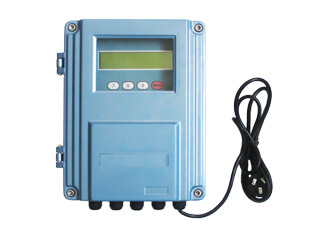
.jpg)
.jpg)
.jpg)
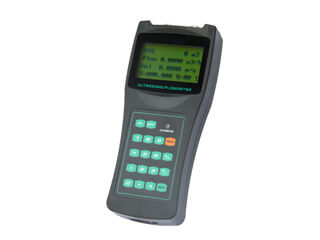
.jpg)
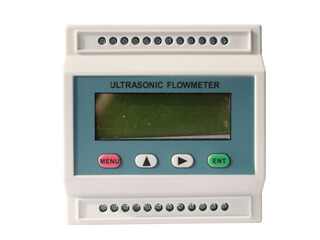
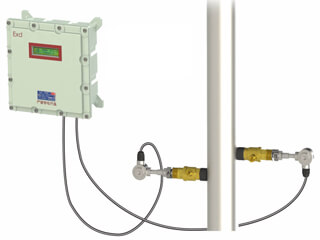
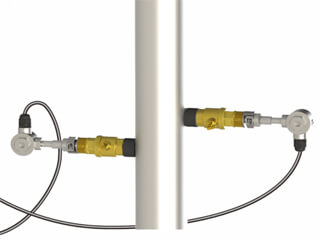
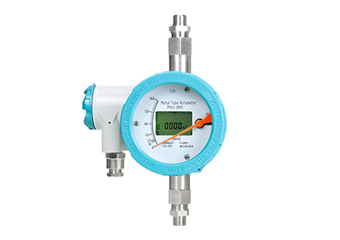
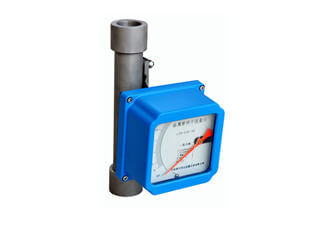
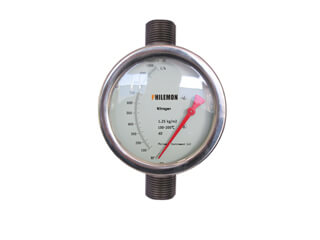
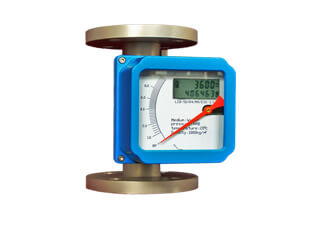
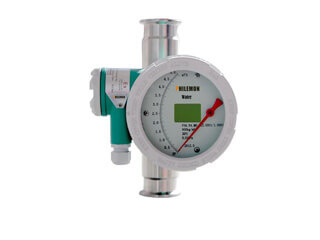
.jpg)
.jpg)
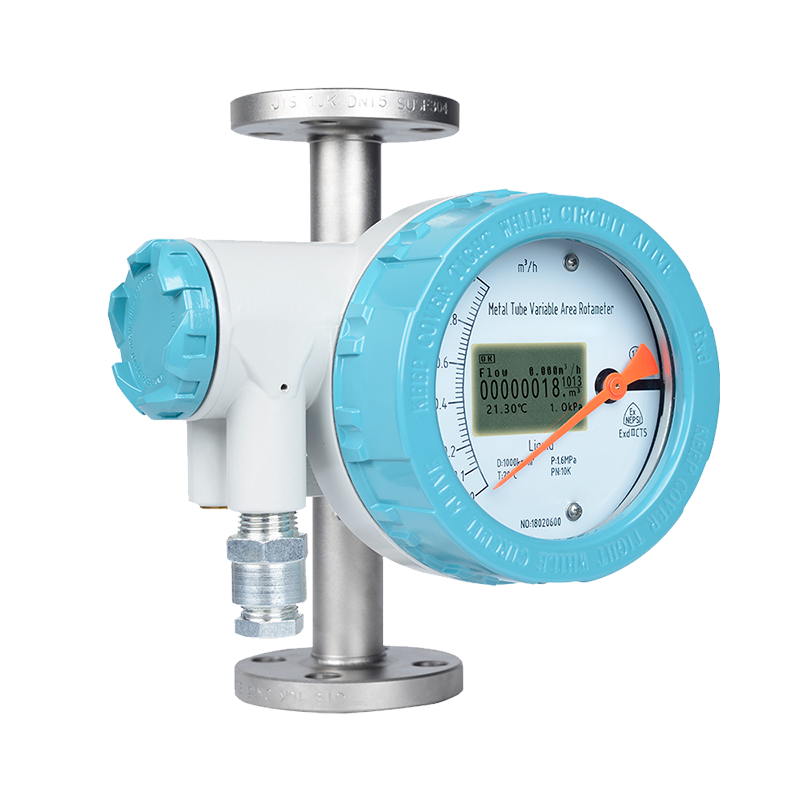
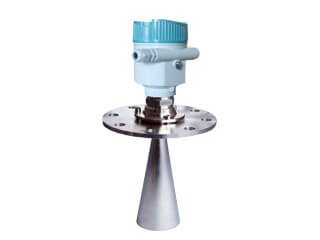
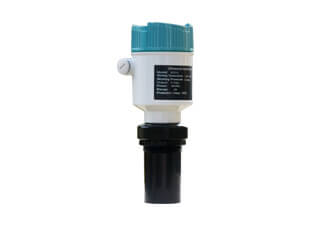
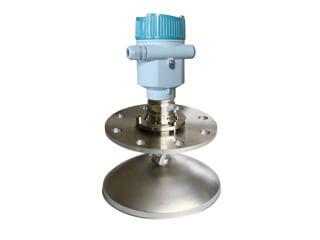
.jpg)
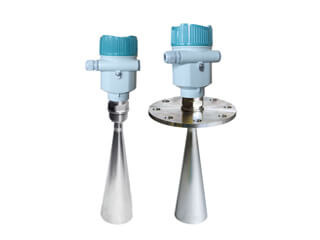
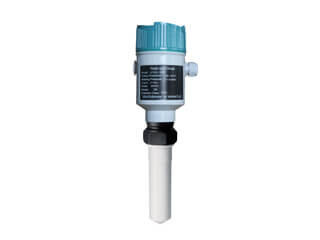
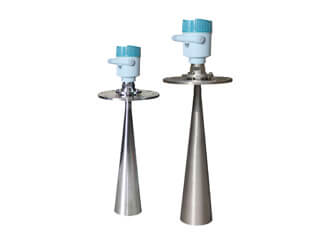
.jpg)
.jpg)
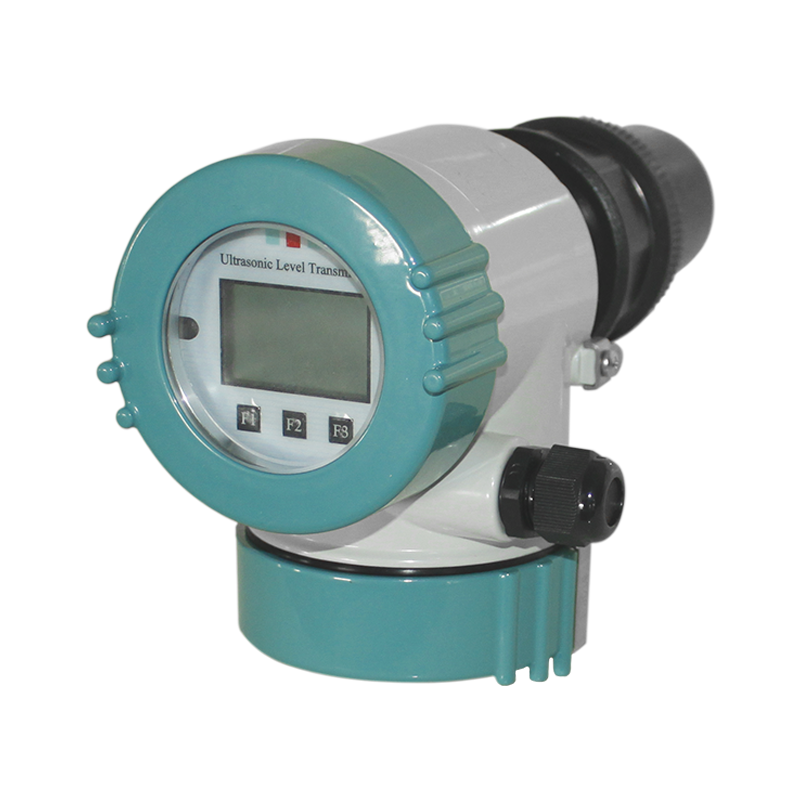
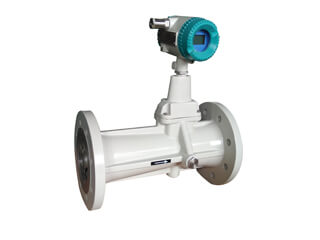
.jpg)
.png)
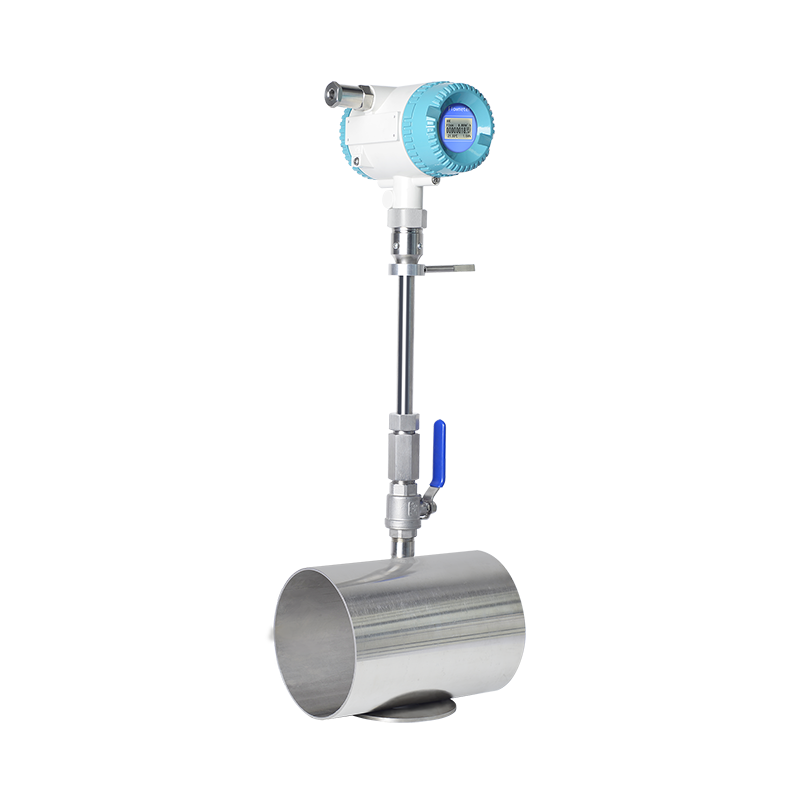
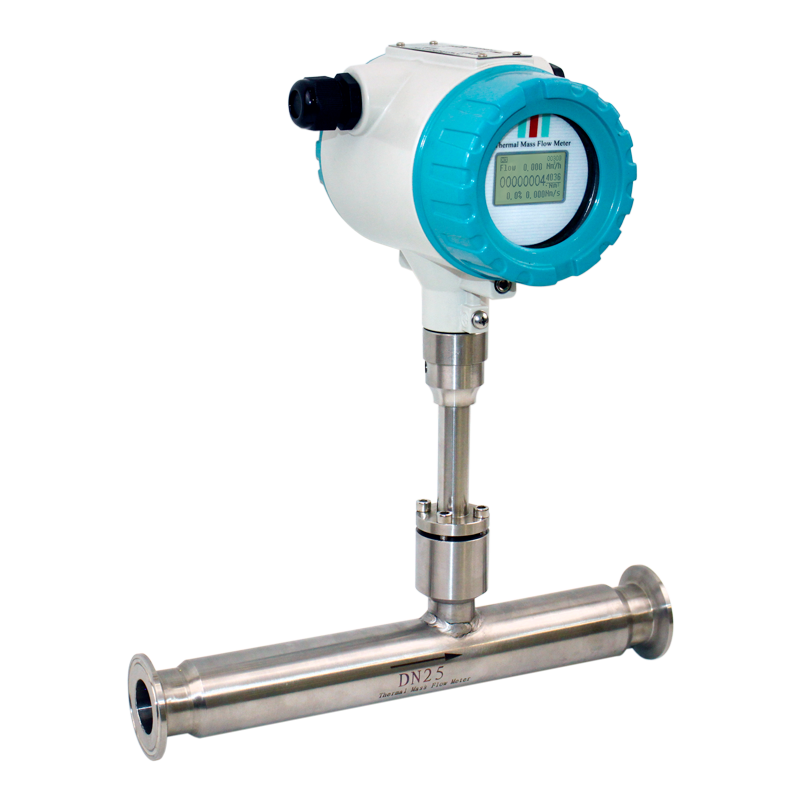
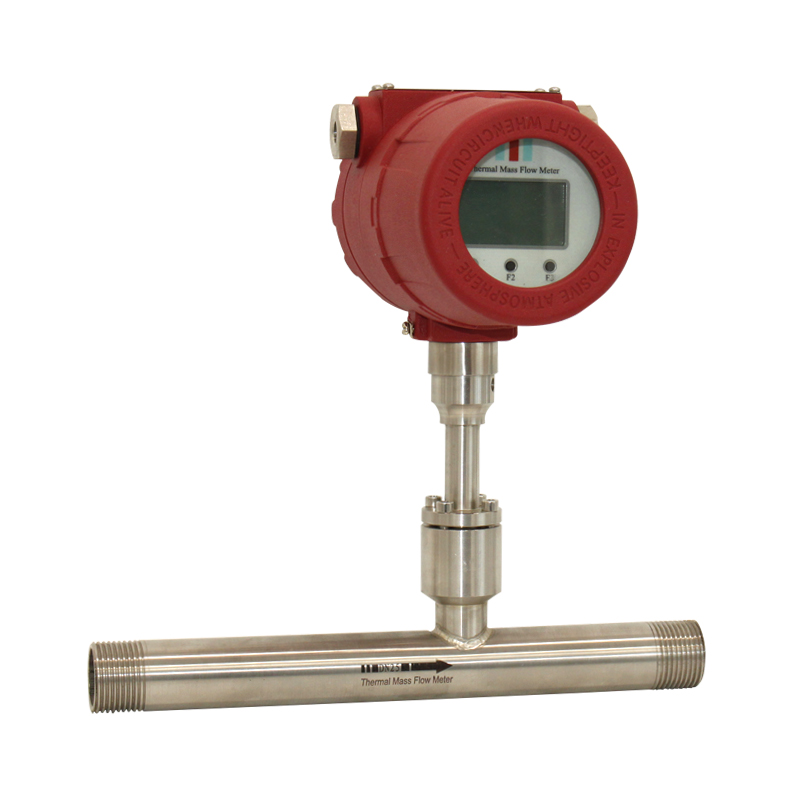
.jpg)
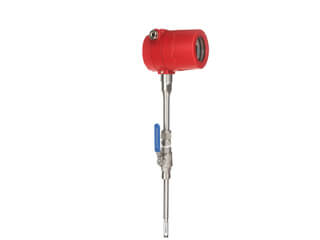
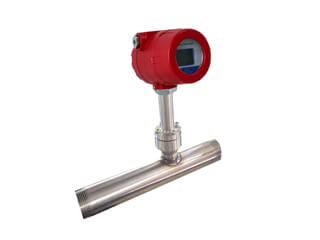
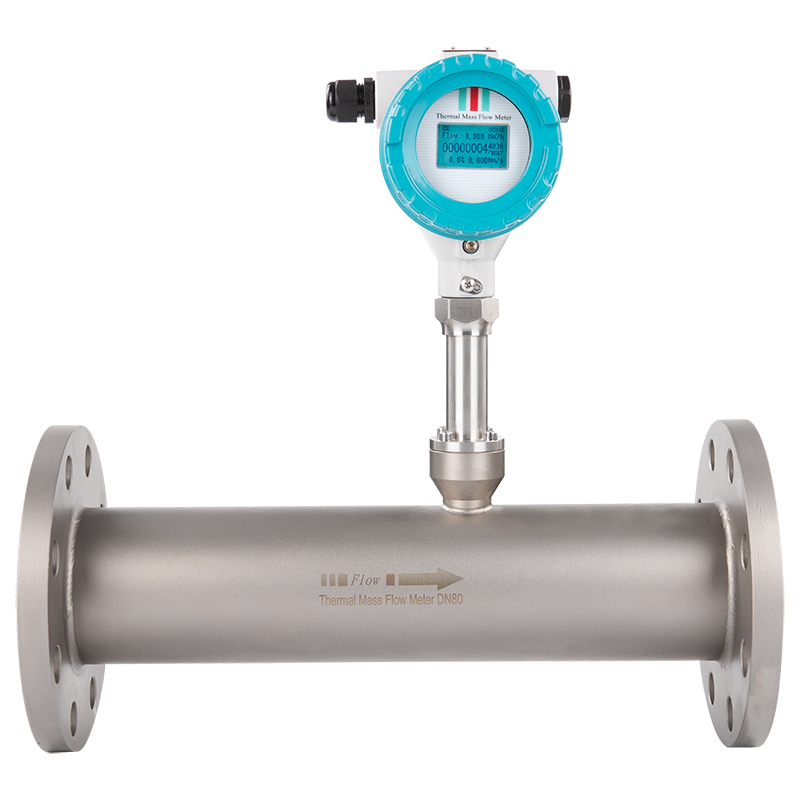
.png)
